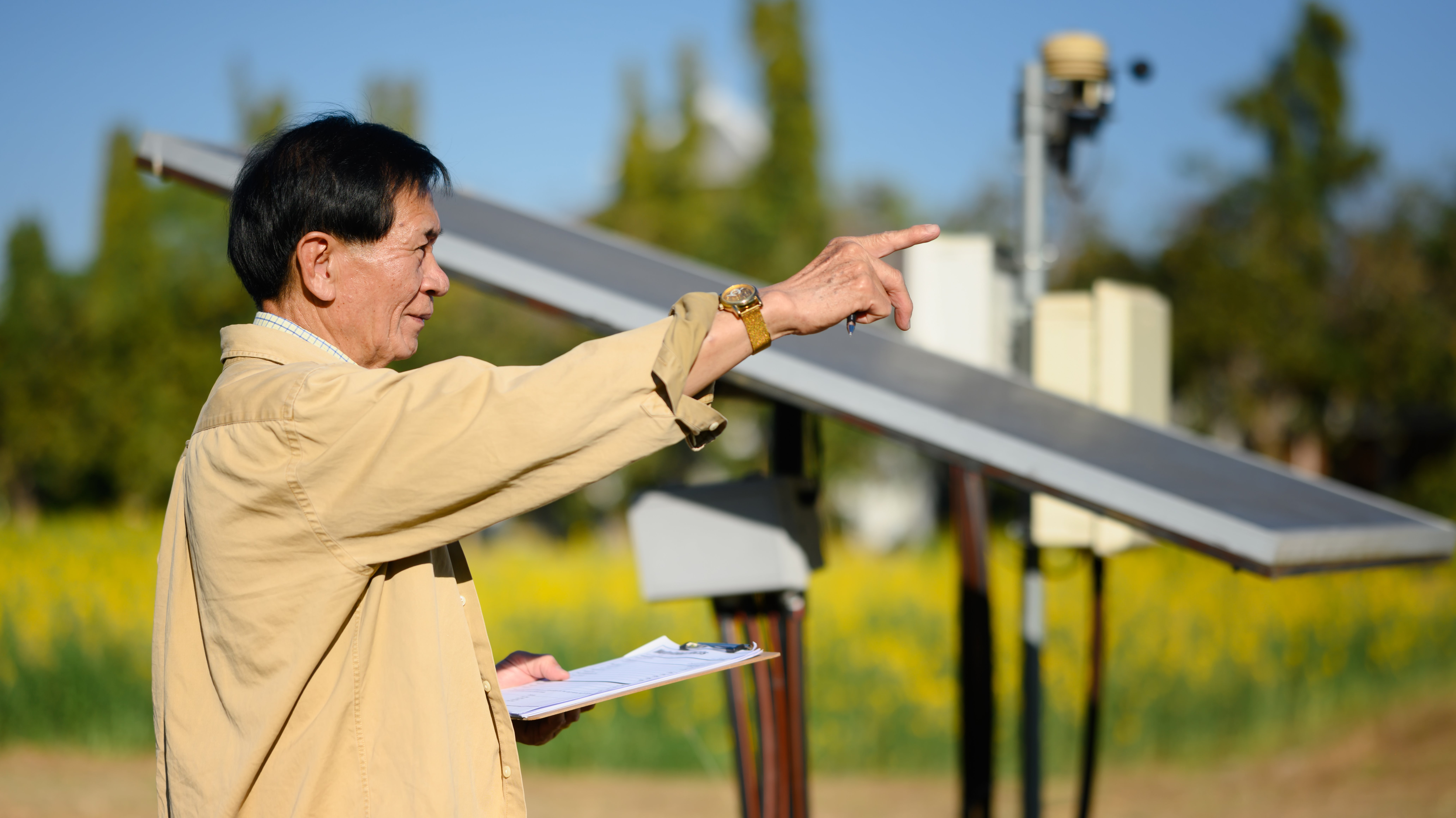U.S. Solar Tracker Dominance and Its Implications for Community Solar and Distributed Generation

Solar trackers are emerging as a pivotal technology that enhances energy efficiency. As the U.S. leads the way in solar tracker adoption, it also sets a precedent for community solar and distributed generation (DG) markets. This blog explores the current landscape of solar trackers in the U.S. and their implications for community solar initiatives globally.
Understanding Solar Trackers
Solar trackers are devices that orient solar panels toward the sun throughout the day, maximizing energy capture. Unlike fixed solar panels, which remain stationary, solar trackers can increase energy output by 20-50%. This technology is crucial for optimizing solar energy production, especially in large-scale installations.
The U.S. Solar Tracker Market
The U.S. solar tracker market has seen significant growth, driven by technological advancements and increasing demand for renewable energy. Major players in this market include companies like Nextracker and Array Technologies, which have established a strong foothold. The U.S. accounted for nearly half of the global solar tracker installations in recent years, highlighting its dominance in this sector.
Community Solar and Distributed Generation
Community solar projects allow multiple participants to invest in a shared solar installation, making solar energy accessible to those who may not have suitable rooftops for solar panels. Solar trackers play a vital role in these projects by enhancing the efficiency of shared solar arrays. For instance, community solar initiatives that incorporate solar trackers can significantly increase energy output, making them more attractive to potential investors and participants.
Factors Contributing to U.S. Dominance
Several factors contribute to the U.S.'s leadership in the solar tracker market:
- Technological Advancements: Continuous innovation in solar tracking technology has improved efficiency and reduced costs.
- Government Policies: Supportive policies and incentives, such as tax credits and renewable energy mandates, have fostered growth in both solar trackers and community solar projects.
- Investment and Financing: Increased investment in renewable energy infrastructure has bolstered the development of solar trackers and community solar initiatives, making them more viable.
Section 5: Lessons for Other Markets
The U.S. experience offers valuable lessons for emerging solar markets, particularly in community solar and DG:
- Adoption of Technology: Other countries can benefit from adopting solar tracker technology to enhance energy production in community solar projects.
- Policy Frameworks: Implementing supportive policies can encourage investment in solar infrastructure and community solar initiatives.
- Addressing Challenges: Understanding and addressing the unique challenges faced by different regions can facilitate the successful implementation of solar trackers and community solar models.
Future Outlook
The future of solar trackers, community solar, and distributed generation looks promising. As technology continues to advance, we can expect even greater efficiencies and cost reductions. Solar trackers will play a crucial role in maximizing energy output for community solar projects, helping to meet global renewable energy goals and drive the transition to a sustainable energy future.
Conclusion
The U.S. solar tracker market not only showcases the potential of solar technology but also highlights the importance of community solar and distributed generation. By learning from the U.S. experience, other countries can foster the growth of solar initiatives that benefit local communities and contribute to global sustainability efforts.
-1.jpg?width=352&name=envato-labs-image-edit%20(1)-1.jpg)
.jpg?width=352&name=envato-labs-image-edit%20(3).jpg)
